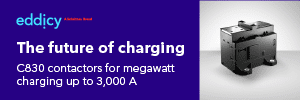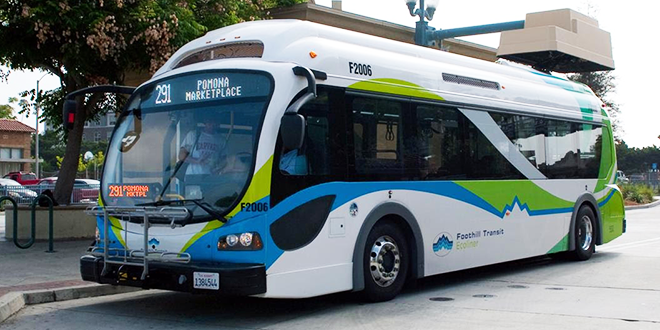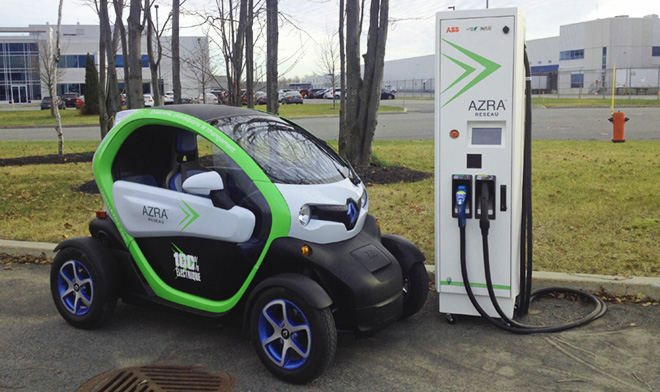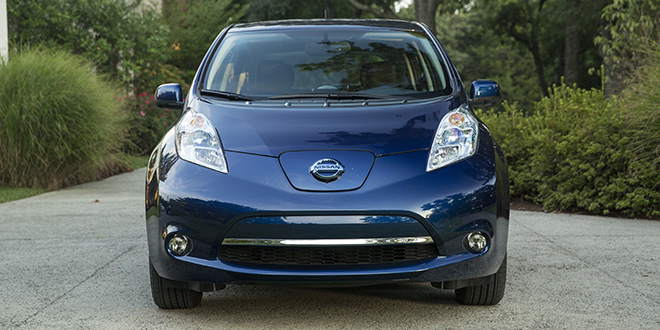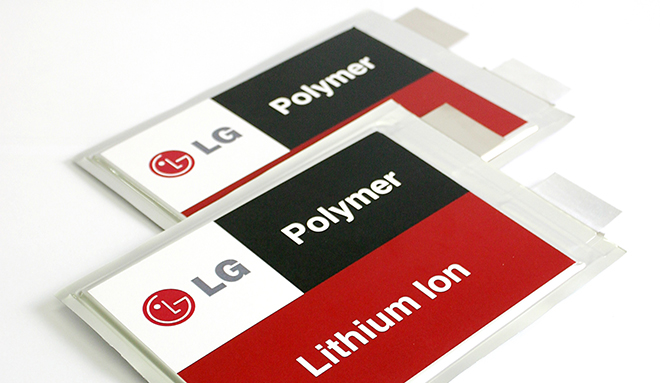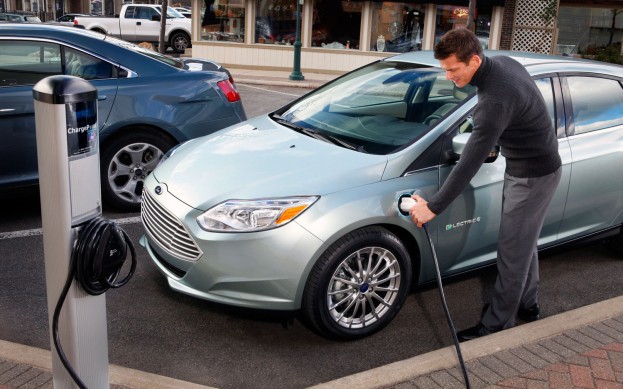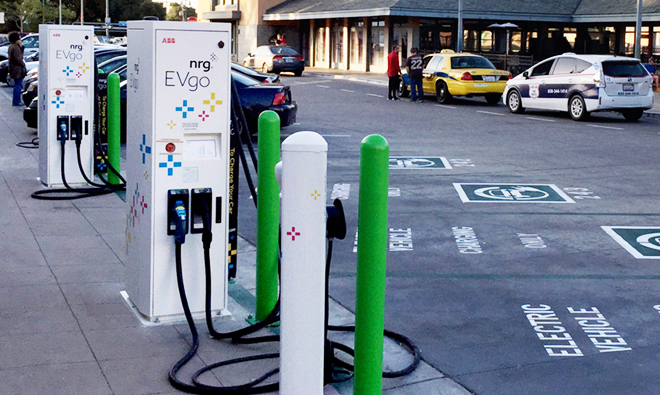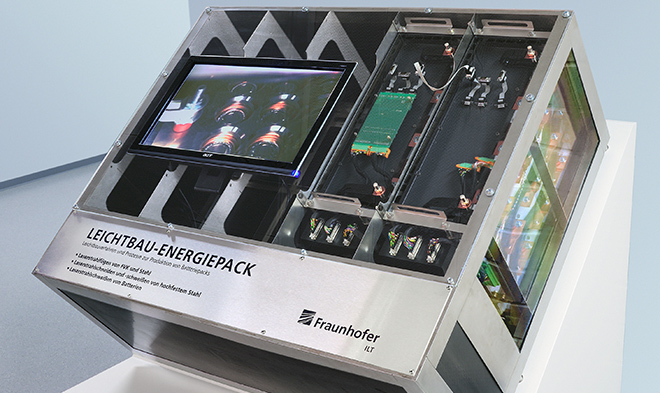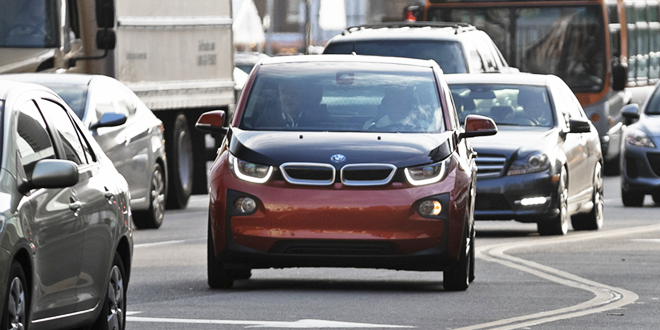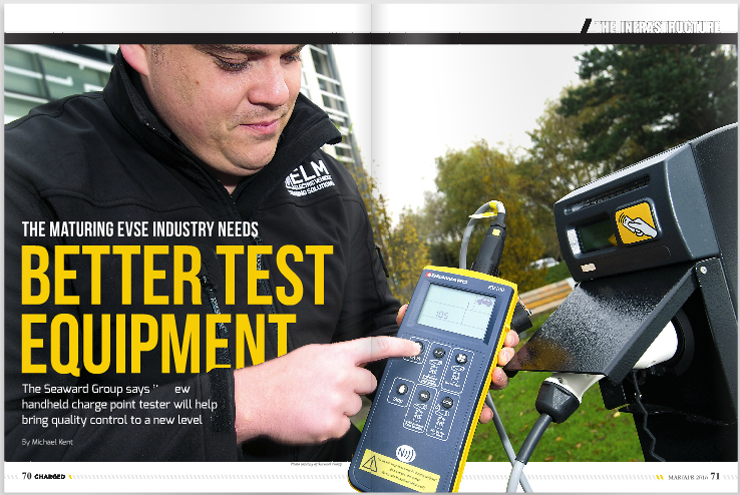The DOT’s Federal Transit Administration (FTA) has announced its fiscal year 2015 project selections for the Low and No-Emission Vehicle Deployment Program (Low-No). Seven transit providers in five states will receive a share of $22.5 million for battery-electric and fuel cell transit buses and related facilities. FTA awarded the funds after a competitive review process… Read more »
Newswire
AZRA to market Renault Twizy in Canada, install 2,000 charging stations
Renault has partnered with charging network operator AZRA to market the Twizy, its low-speed 2-seater EV, in Canada. The Twizy will be available for lease at $99 Canadian ($78 US) per month, including the costs of registration and insurance. AZRA also plans to invest $40 million (Canadian) over the next 18 months to install 2,000… Read more »
Researchers developing improved method for lithium recovery from brine
Demand for lithium is on the rise, and the rush is on for new sources of the light white stuff. Researchers in Finland are developing new methods to extract lithium from natural brine that promise more efficiency and greater purity. Most lithium is produced from salt lake deposits. Brine is pumped up and concentrated by… Read more »
Nissan takes a poke at Tesla in new LEAF ad campaign
Charged and other EV boosters have long been critical of automakers for not doing more to advertise their plug-in vehicles. In Nissan’s case, this may be changing, as a direct result of Tesla’s attention-grabbing advance sales for its recently unveiled Model 3. As reported by Automotive News, Nissan has run print ads in the New… Read more »
LG Chem to license Optodot’s boehmite ceramic-coated battery separators
Optodot Corporation has granted a license to LG Chem for batteries, cells, separators and electrolyte members comprising boehmite, an aluminum oxide hydroxide mineral. The license permits LG Chem to use boehmite separator films for lithium-ion batteries. “Boehmite ceramic coating layers offer a number of distinct benefits in lithium-ion batteries, including improved thermal stability to enhance… Read more »
Ford may be working on a 200-mile EV after all
Are they or aren’t they? After months of refusing to comment on whether Ford is working on a 200-mile EV to challenge competitors GM, Tesla and Nissan, Kevin Layden, Ford’s Director of Electrification Programs and Engineering, seemed to dash our hopes when he said that the 2017 Focus Electric’s 100-mile range should be plenty for… Read more »
California Energy Commission approves $9 million in grants for highway fast chargers
The California Energy Commission has approved nearly $9 million in grants to four companies – Chargepoint, EV Connect, NRG EV Services and Recargo – for the installation of DC fast chargers along major state highways. The companies will install 61 DC fast chargers at 41 sites along major routes on Interstate 5, Highway 99 and… Read more »
Finnish firm develops lightweight stainless steel battery pack for EVs
Finland-based Outokumpu is working on lightweight stainless steel solutions for EVs in cooperation with Germany’s Fraunhofer Institute. Their latest innovation is a new battery pack that combines several lightweight engineering technologies as well as new types of cooling and structural strategies. Because EV batteries are mainly installed in the underfloor area, their casings have high… Read more »
German government announces 1 billion euro EV and PHEV subsidy program
Several European nations, notably Norway and the Netherlands, offer generous incentive programs to support e-mobility. Germany, the continent’s largest auto market, has been a conspicuous exception until now. This week, the German government announced a new incentive scheme worth about 1 billion euros ($1.13 billion). The costs are to be shared equally between the government… Read more »
Seaward’s new handheld charge point tester will help bring quality control to a new level
There is no doubt that the early days of charging infrastructure rollout had some bumps in the road. Plug-in vehicles interact with the outside world in a much more complicated way than legacy gas-guzzlers do, which led to early interoperability issues. The automakers needed to quickly learn how to work with many infrastructure and hardware… Read more »



